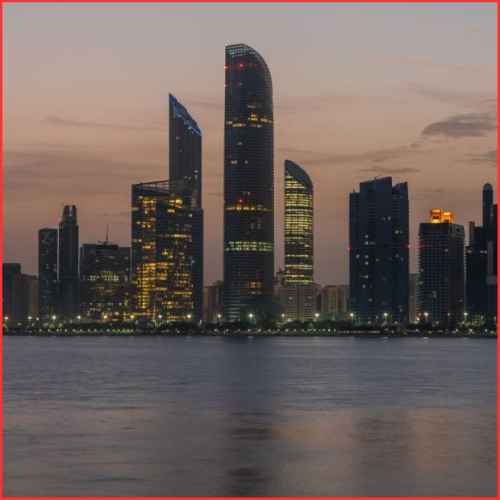As Chinese steel shipments drop, Tata Steel Ltd., India’s second-largest steel manufacturer, is optimistic about pricing. On the eve of the G20 Summit in New Delhi, CEO TV Narendran had an interview with Bloomberg News. Even if Europe won’t start to pick up until next year, demand in India is still quite high, according to Narendran. On a plan to finance the switch to more environmentally friendly steel manufacturing, he anticipates hearing from the UK government “in weeks.”
According to him, India won’t switch to green steel until 2030. This year, Tata Steel plans to resume reducing debt by $1 billion.
Demand Outlook?
In India, there is robust consumption. Despite some flooding-related delays, construction is still going on, and demand in the car sector is quite high. It’s excellent that most industries will catch up with 2019 statistics.
China has been quite underwhelming. All of us anticipated things would improve if the limits were lifted. The Chinese steel industry also did. They increased production, but the recovery was unsuccessful.
China was therefore shipping more than it had been for the previous several years, which put some pressure on steel prices globally. However, I believe that the worst is over. International prices are starting to stabilize a little bit as Chinese shipments have started to decline. That is also reflected in coal prices going up a bit.
In Europe, the auto industry is still doing rather well. The pace of construction hasn’t actually increased significantly. I definitely anticipate a challenge in Europe at least for the upcoming year. The good news is that rising gas and electricity prices severely damaged us last year. Everything is returning to long-term levels. Therefore, we are not seeing the same level of pressure on costs as we did last year. On the demand side, I anticipate things to improve by the next year.
Green steel
The negotiations with the UK government to boost the manufacture of greener steel are going well. We’ll hopefully find a solution as soon as possible. I don’t want to discuss particular figures. Hopefully, a choice will be made shortly. Ideally in a few weeks.
Our capacity increase from 20 mtpa to 40 mtpa has two components. A portion of it comes from the recycling process. We’ve already established scrap recycling plants; the one in Ludhiana will have a capacity of 0.8 million tonnes. In the next years, we will reproduce that approach if it is successful.
However, because of the lack of gas in eastern India, the majority of the increase will still occur via the blast furnace approach. We would have invested in gas-based DRI and steel production would have been more environmentally friendly if gas had been readily accessible at a reasonable price and in quantities that benefited us.
Although there has been progress, I don’t see any investments in the gas-based manufacturing method before 2030.
A plan to reduce debt
Due to two factors, net debt increased (from a previous low of 500 billion rupees to around 710 billion rupees or $8.6 billion). Neelachal Ispat Nigam Ltd. cost us roughly 120 billion rupees when we bought it last year. Then, when coal prices increased last year, working capital also increased dramatically. Currently, steel production at the Neelachal has begun, and coal prices have stabilized at longer-term levels. Positive Ebidta indicates that this will aid in debt reduction.
The goal for this year is to reduce debt by at least $1 billion. For this year, we are going back to that path.















